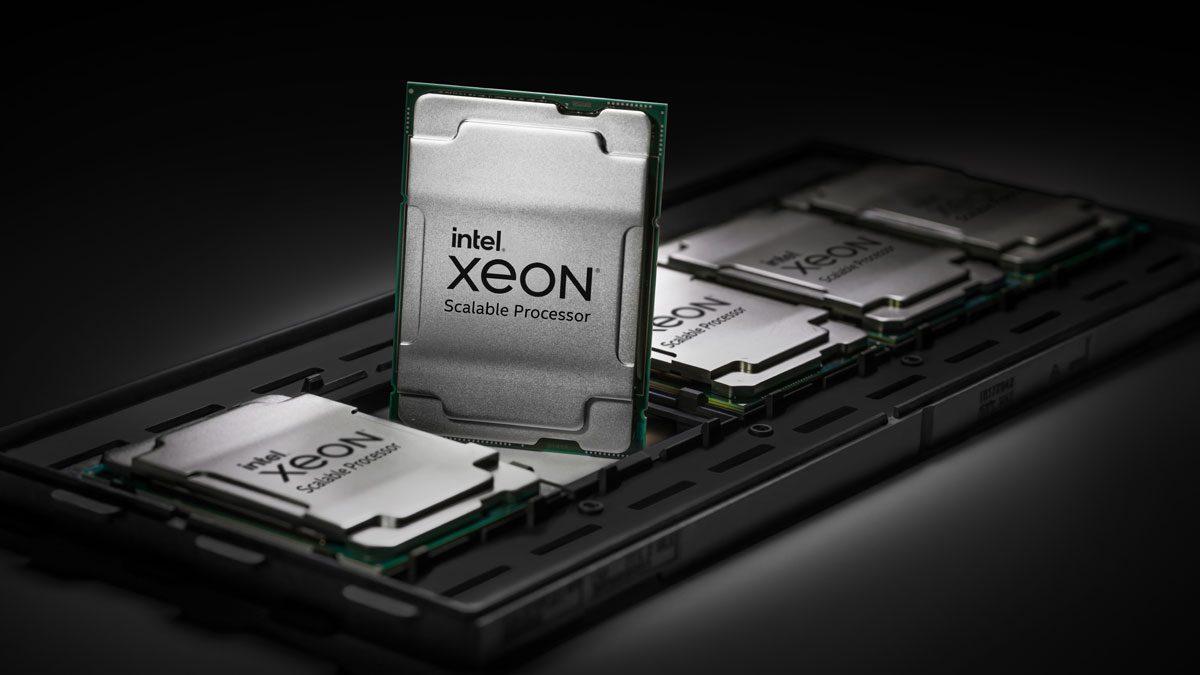Along with the company’s new data center GPU, Intel has finally introduced the long-awaited Sapphire Rapids update to the Xeon CPU family. Both of those are currently on the market in Max Series version and will soon be placed in well-known supercomputers like Aurora from the Argonne National Laboratory.
“To ensure no [high performance computing] HPC workload is left behind, we need a solution that maximizes bandwidth, maximizes compute, maximizes developer productivity and ultimately maximizes impact,” explained Jeff McVeigh, VP of Intel’s Super Compute Group.
Such supercomputers are essential for solving some of the biggest scientific and societal problems in the world, from reducing the effects of climate change to curing the deadliest diseases, according to a press statement on the company’s website.
On the technical front, the latest chips have seen a tremendous improvement overall. The company’s highest density CPU is the Max Series GPU, which offers up to 128GB of high bandwidth memory and more than 100 billion transistors in a 128-core, 47-tile box. The latest and greatest GPUS from Intel will be offered in 3 variants – Max Series 1100 GPU, 1350 GPU, and 1550 GPU, each with 48GB, 96GB, and 128GB of memory, respectively.
Similar to the 350W Xeon Max CPU, which uses the same Golden Cove microarchitecture features as Intel’s 12th-Gen Core CPUs, the Xeon Max has up to 56 performance cores and 64GB of high-speed memory distributed across four tiles. DDR5, PCIe 5.0, and Compute Express Link (CXL) 1.1 will all be supported by the new hardware, allowing memory to be connected to the CPU directly over PCIe 5.0.
McVeigh admitted that the new supercomputing components for the corporation had experienced difficulties. The Xeon CPU and Data Center GPU Max Series are expected to start being produced in early 2023, when Intel plans to start shipping them to supercomputing facilities like Argonne, Los Alamos National Laboratories, Kyoto University, and others.







